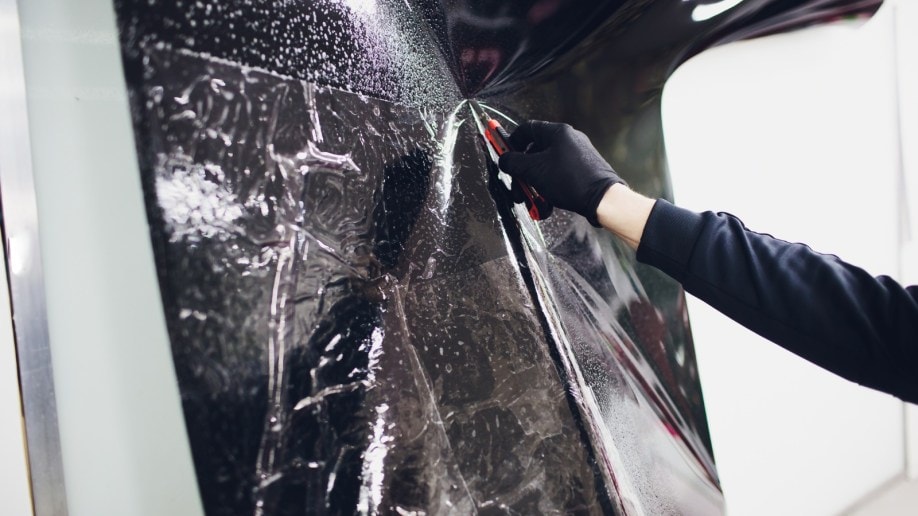Home Window Tinting Rules and Standards: What You Required to Know Prior To Tinting Your Cars And Truck
Before proceeding with window tinting for your car, it is vital to familiarize on your own with the diverse legislations and standards that govern this technique across different states. These policies dictate the permissible levels of tint darkness, typically gauged by noticeable light transmission (VLT) percentages, and include certain specifications for front windshields targeted at guaranteeing road security. Furthermore, certain territories may use medical exceptions for individuals with qualifying problems. Recognizing these complexities can conserve you from prospective lawful implications, however what are the details guidelines in your state?
Introduction of Window Tinting Laws
Home window tinting regulations are frequently based on variation throughout various jurisdictions, reflecting regional laws and safety considerations. These laws determine the acceptable levels of tint darkness and reflectiveness on car home windows, ensuring that drivers preserve ample presence while additionally shielding versus hazardous UV rays and warmth.
Most regulations classify window tinting based upon the Visible Light Transmission (VLT) portion, which suggests the quantity of light that can pass through the home window. Normally, reduced VLT portions represent darker colors. Legislations usually distinguish between the front, side, and rear home windows, with more stringent constraints applied to the front windscreen to boost security for both the driver and other road users.
In addition, some jurisdictions impose limitations on the reflectivity of the tint, avoiding extreme glare that might hinder presence. Exemptions to these regulations may exist for people with specific clinical problems requiring additional sunlight security. Conformity with window tinting guidelines is crucial, as infractions can result in fines, necessary elimination of the tint, and possible increases in insurance costs. It is essential for car proprietors to acquaint themselves with local regulations prior to continuing with home window tinting installments.
State-by-State Tint Laws
Understanding the specific home window tinting regulations in each state is essential for vehicle owners seeking to abide by the legislation. Each state in the U.S. has established its own set of regulations controling home window tinting, which can vary substantially. These policies frequently dictate the allowed degrees of color darkness, the kinds of home windows that can be tinted, and any kind of medical exemptions that might apply.
For instance, states like The golden state have rigorous restrictions on color darkness for front windows, while others, such as New Mexico, might permit darker colors. Furthermore, specific states mandate particular exposure portions for various home windows, consisting of the windscreen, front side windows, and back home windows. It is essential for auto owners to familiarize themselves with their state's legislations to avoid potential fines or penalties.
Moreover, some states might require a qualification sticker to be put on tinted windows, suggesting conformity with state laws. Failure to follow these laws not only takes the chance of lawful repercussions however can additionally influence safety and security and exposure while driving. Therefore, car proprietors must carry out extensive research or consult regional authorities to ensure complete understanding and conformity with state-by-state color policies.
Allowed Color Types and degrees
Many lorry owners may be shocked to discover that permitted color degrees and types vary commonly throughout various states. Each state has developed its own guidelines concerning the acceptable darkness and reflectivity of window tint, usually gauged by Visible Light Transmission (VLT) percents. VLT refers to the quantity of light that can travel through the colored windows; hence, a reduced my link percentage indicates a darker color.

Furthermore, the types of tint materials enabled can vary, with some states prohibiting mirror-like or metal finishes. It is necessary for lorry owners to acquaint themselves with their state's specific regulations to ensure compliance. Non-compliance can lead to fines, mandatory elimination of the color, or other lawful consequences, making it imperative to recognize these policies prior to waging setup.
Medical Exceptions for Tinting
While not all states provide allocations for clinical exemptions regarding window tinting, those that do acknowledge the requirement for specific individuals to boost presence and convenience due to clinical problems. Numerous clinical conditions, such as lupus, skin cancer, and certain eye problems, can make individuals especially sensitive to sunlight. These individuals may call for darker colors to secure themselves from hazardous UV rays and glow.

It is essential to note that despite having a medical exception, there may still be constraints on the level of tint permitted. Conformity with state legislations makes sure that individuals are both safeguarded and within lawful restrictions. Those thinking about clinical exceptions ought to contact their neighborhood Division of Motor Autos or comparable authority to comprehend the demands and treatments necessary to request an exception efficiently.
Penalties for Non-Compliance
Stopping working to follow window tinting laws can bring about substantial fines, which vary by state. Legislation enforcement agencies are equipped to provide citations for vehicles that do not comply with the defined tinting regulations. These fines commonly consist of fines, which can vary from small quantities to numerous hundred bucks, relying on the intensity of the violation and the state concerned.
In some territories, repeated offenses may lead to intensifying fines or added charges, such as necessary court looks. Non-compliance might demand the elimination of illegal tinting, This Site frequently at the owner's cost. In severe situations, regular transgressors might face suspension of their vehicle enrollment till conformity is attained.
Additionally, insurance policy implications may occur from receiving several citations for home window tint offenses. Insurers might check out such violations as an indication of riskier actions, possibly leading to boosted costs or difficulty in coverage.
To avoid these charges, it is essential for vehicle proprietors to familiarize themselves with their neighborhood home window tinting laws and make certain that their lorry complies (Window Tinting). This aggressive approach not only stays clear of legal ramifications yet likewise promotes roadway security
Conclusion

The majority of guidelines classify window tinting based on the Visible Light Transmission (VLT) percentage, which suggests the amount of light that can pass with the home window. Conformity with home window tinting guidelines is crucial, as offenses can result in penalties, mandatory removal of the color, and prospective rises in insurance premiums.Comprehending the particular home window tinting regulations in each state is vital for car proprietors seeking to abide with the regulation. These laws usually determine the allowed levels of tint darkness, the types of home windows that can be tinted, and any clinical exceptions that might apply.
For instance, states like The golden state have stringent restrictions on color darkness for front windows, while others, such as New Mexico, might permit darker tints.